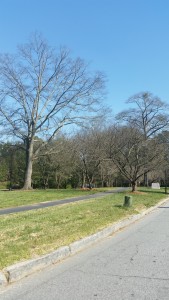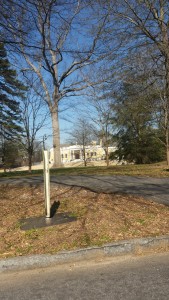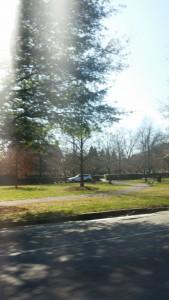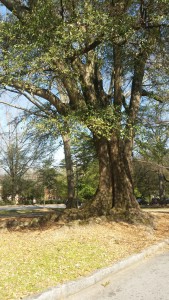His & Hers: Designing for a Post-Gender Society
We’re living in a time of change, the revolution of the ideals of gender. Masculine and feminine roles are being questioned and challenged through advances in science and technology and the cultural shifts in the depiction of genders. But as things change something have yet to change or yet to catch up in the change, such as most companies having a male CEO and female secretaries. Fields that deal with technology and web design at the top companies are 85 percent male. Though recent event show that a new wave of feminism may be needed, and implores men to also get into the fight for gender equality. And, the LGBTQ community has also made many great progresses and change in the world, with America making same sex marriage legal and many other countries around the world following suit.
The first thing to adapt the this change and become part of it was fashion, due to its ability to change quickly unlike architectural based jobs. With this becoming like this there is a bit more confusion with girls looking like boy and boys looking like girls. Things have become more androgynous. When everyone is born they are born with a gender, but beyond that that can decide what gender they truly are. There are college students who don’t put down their gender because they don’t want to be assigned as one or the other. In the past trans people were discriminated against and outcast, but with today’s progressive and more accepting views they’re being welcomed and accepted.
Corporations have started taking note and changing to be more accommodating to their workers by adding in gender neutral bathrooms such as unisex one. This allows their workers to feel more comfortable at work. Thought bathrooms are only one part of this grand puzzle we most solve, but they are a space at is very sensitive to this personal issue. In a case recently, a worker went under gender reassignment during summer break. After returning to work both male and female co-workers went to human resources and said that they didn’t want this individual in their bathrooms. This is a very hard issue and must be fixed in a way that no one is negatively effected by it.
Making everyone feel comfortable and accommodated no matter where they are parallels the bigger issue about design. The Disabilities Act are a disaster about how it went about doing things and we most not approach gender issues the same way, with regulations and forcing everyone to comply. We are only the start of gender neural design, and having something like a safe place or everyone to function and feel safe in is the one step.
In the world where everything is being change, challenged, and switched, where the line between gender is being blurred and broken we need to design for different human beings who are out there by being respectful and understanding. We need to create a world where human beings can be their own individual selves.




